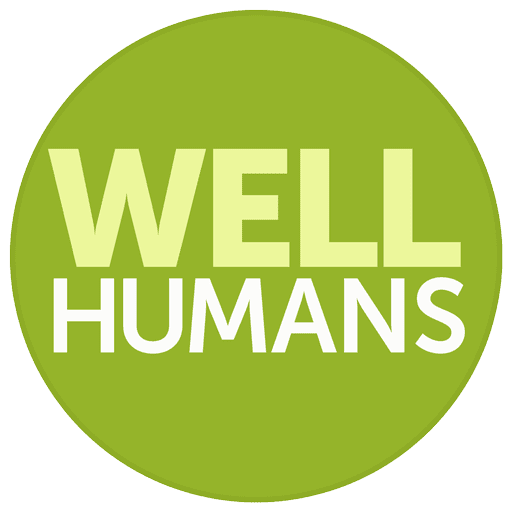 Negativity bias and Complex Post-Traumatic Stress Disorder (CPTSD) are deeply interlinked, and their combined effects can significantly impact both mental and physical health. Here’s a breakdown of how negativity bias manifests in CPTSD and its consequences for overall health:
Negativity bias and Complex Post-Traumatic Stress Disorder (CPTSD) are deeply interlinked, and their combined effects can significantly impact both mental and physical health. Here’s a breakdown of how negativity bias manifests in CPTSD and its consequences for overall health:
1. What Is Negativity Bias?
Negativity bias is a cognitive tendency to give more weight to negative experiences, emotions, or information than to positive or neutral ones. From an evolutionary standpoint, this helped early humans survive by making them more attuned to potential threats.
Key features:
Overestimating danger or risk
Ruminating on negative experiences
Dismissing positive feedback or achievements
2. What Is CPTSD?
Complex PTSD (CPTSD) results from prolonged, repeated trauma, often in interpersonal relationships (e.g., childhood abuse, domestic violence, captivity). It includes standard PTSD symptoms but adds disturbances in:
Emotional regulation
Self-perception
Interpersonal relationships
3. How Negativity Bias Operates in CPTSD
CPTSD reinforces negativity bias in several ways:
a. Hypervigilance to Threat
Individuals with CPTSD often scan their environment for signs of danger, interpreting neutral cues as threatening.
This strengthens neural pathways associated with fear and negativity.
b. Negative Self-Image
Trauma survivors internalize negative beliefs (e.g., “I am unworthy,” “The world is dangerous”).
Positive experiences are discounted, while negative ones confirm core beliefs.
c. Emotional Dysregulation
CPTSD can cause intense, prolonged emotional responses, especially to perceived rejection or criticism.
These emotional spikes reinforce the brain’s tendency to fixate on the negative.
d. Memory and Attention
CPTSD impairs working memory and makes it easier to recall traumatic or negative events, reinforcing a negative worldview.
4. Impact on Health
Mental Health
Chronic anxiety, depression, and dissociation
Increased risk of substance abuse
Social withdrawal and relational difficulties
Physical Health
Chronic stress activation: Constant cortisol release disrupts sleep, digestion, immunity, and increases inflammation.
Somatic symptoms: Headaches, gastrointestinal problems, muscle pain
Cardiovascular risks: Elevated blood pressure and heart disease risk
Weakened immune system: Persistent fight-or-flight activation can make individuals more susceptible to illness.
5. Breaking the Cycle: Healing Strategies
a. Therapy
Trauma-informed therapy (e.g., EMDR, somatic experiencing, parts work)
Cognitive-behavioral therapy (CBT) to address negativity bias directly
Dialectical behavior therapy (DBT) for emotional regulation
b. Mindfulness and Self-Compassion
Helps shift focus from automatic negative thinking
Builds tolerance for positive emotional states
c. Somatic Practices
Yoga, breathwork, and body scans help calm the nervous system and increase positive sensory experiences
d. Rewiring Through Neuroplasticity
Practicing gratitude, savoring positive moments, and affirmations can help counterbalance negativity bias
Conclusion
Negativity bias is a natural tendency, but in the context of CPTSD, it becomes magnified and entrenched. This distorted focus on the negative has real health implications—mentally, emotionally, and physically. Healing requires a multifaceted approach that addresses both the trauma and the cognitive distortions it leaves behind.
Would you like a visual diagram or infographic that maps out this connection?





